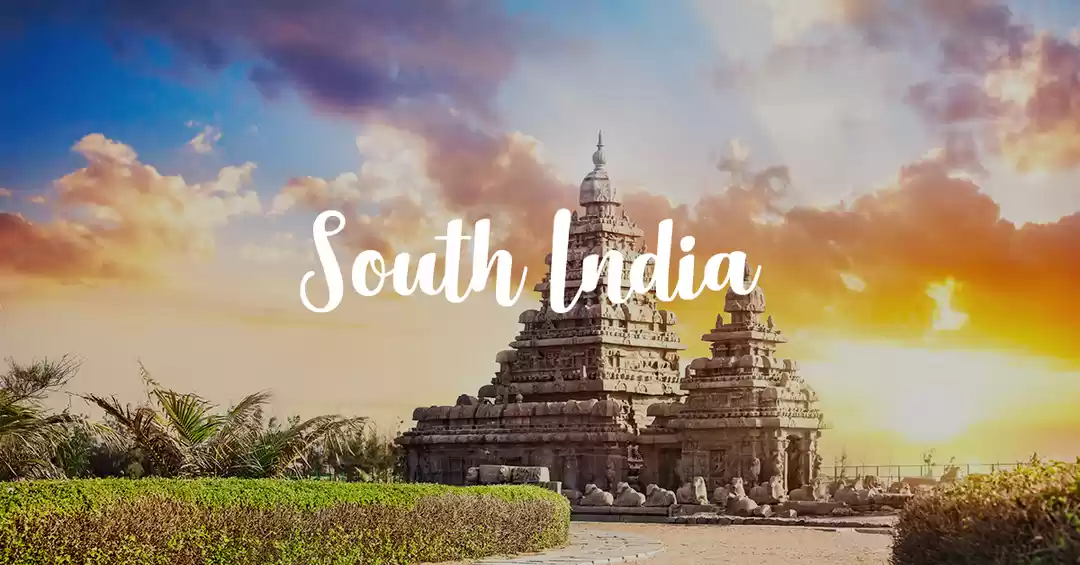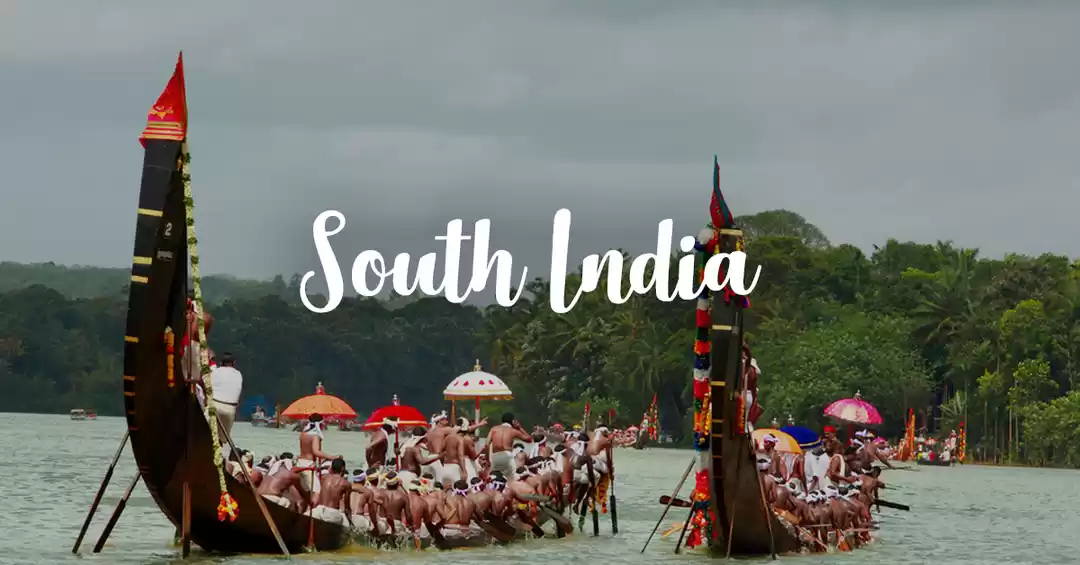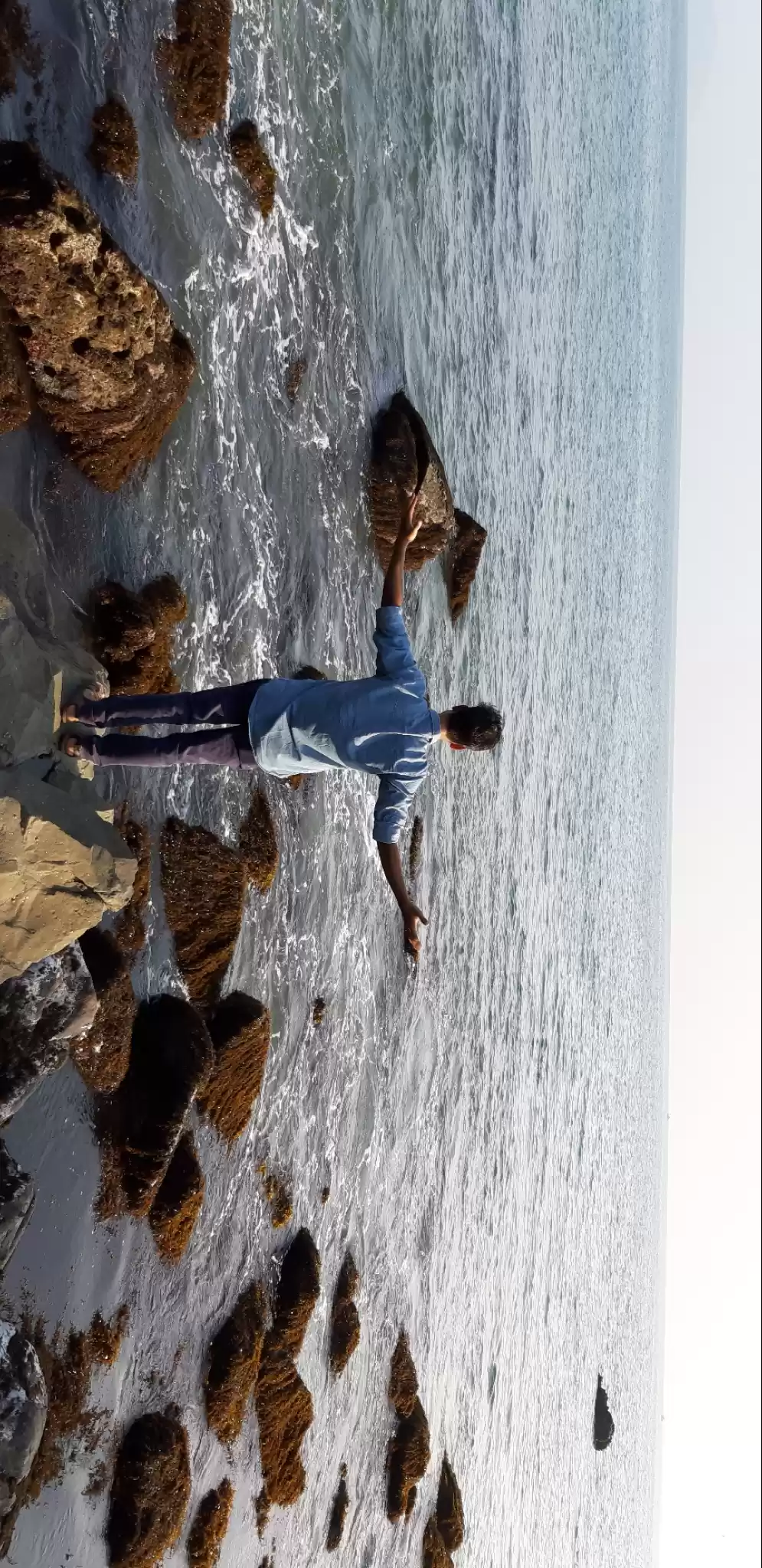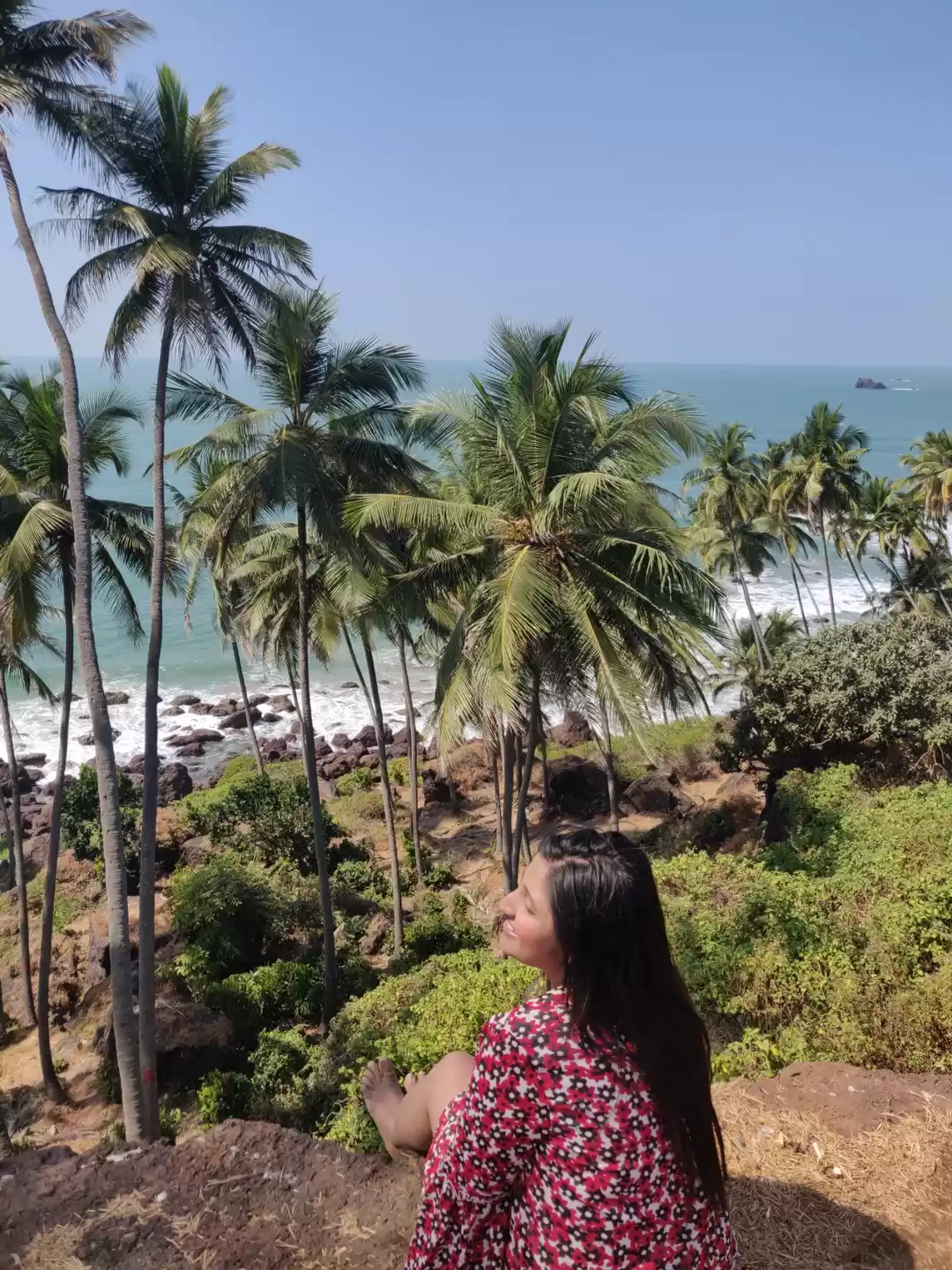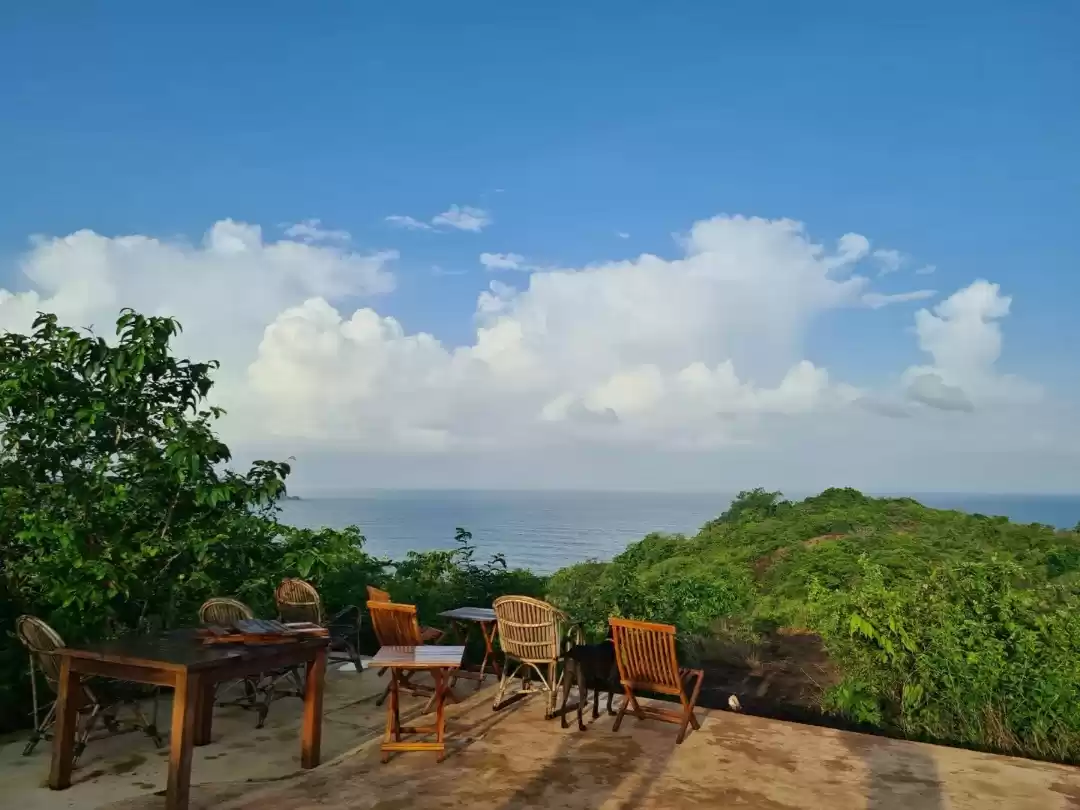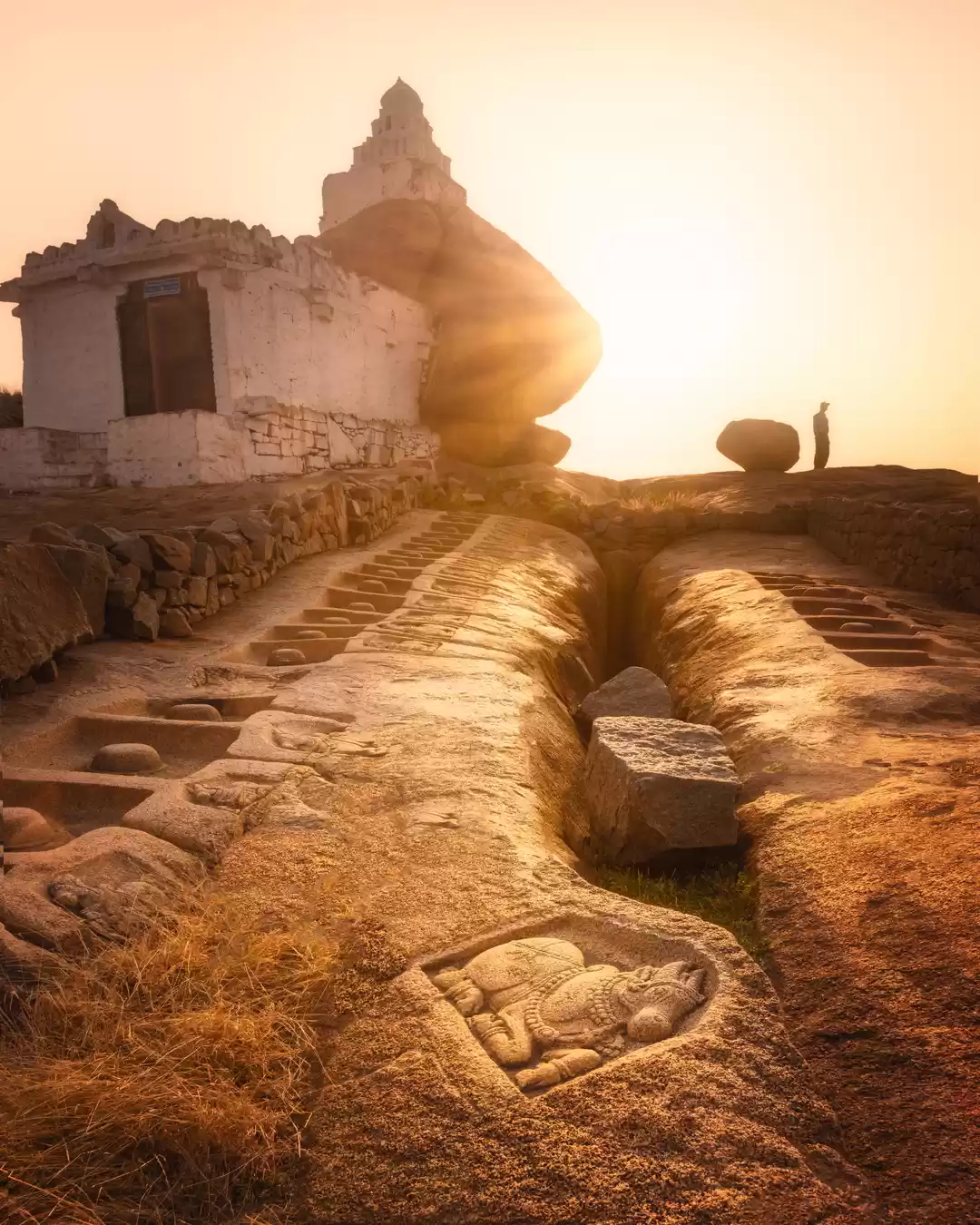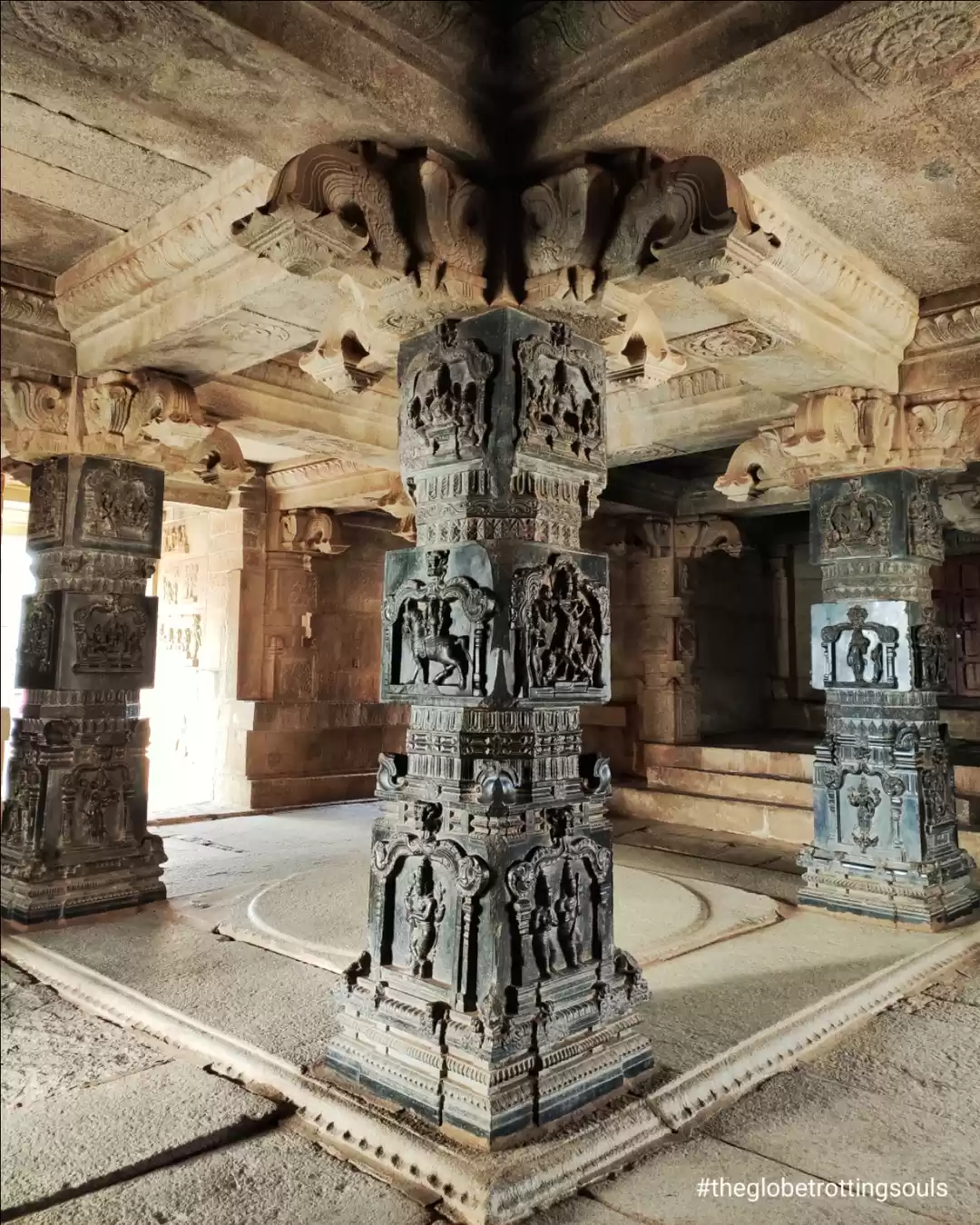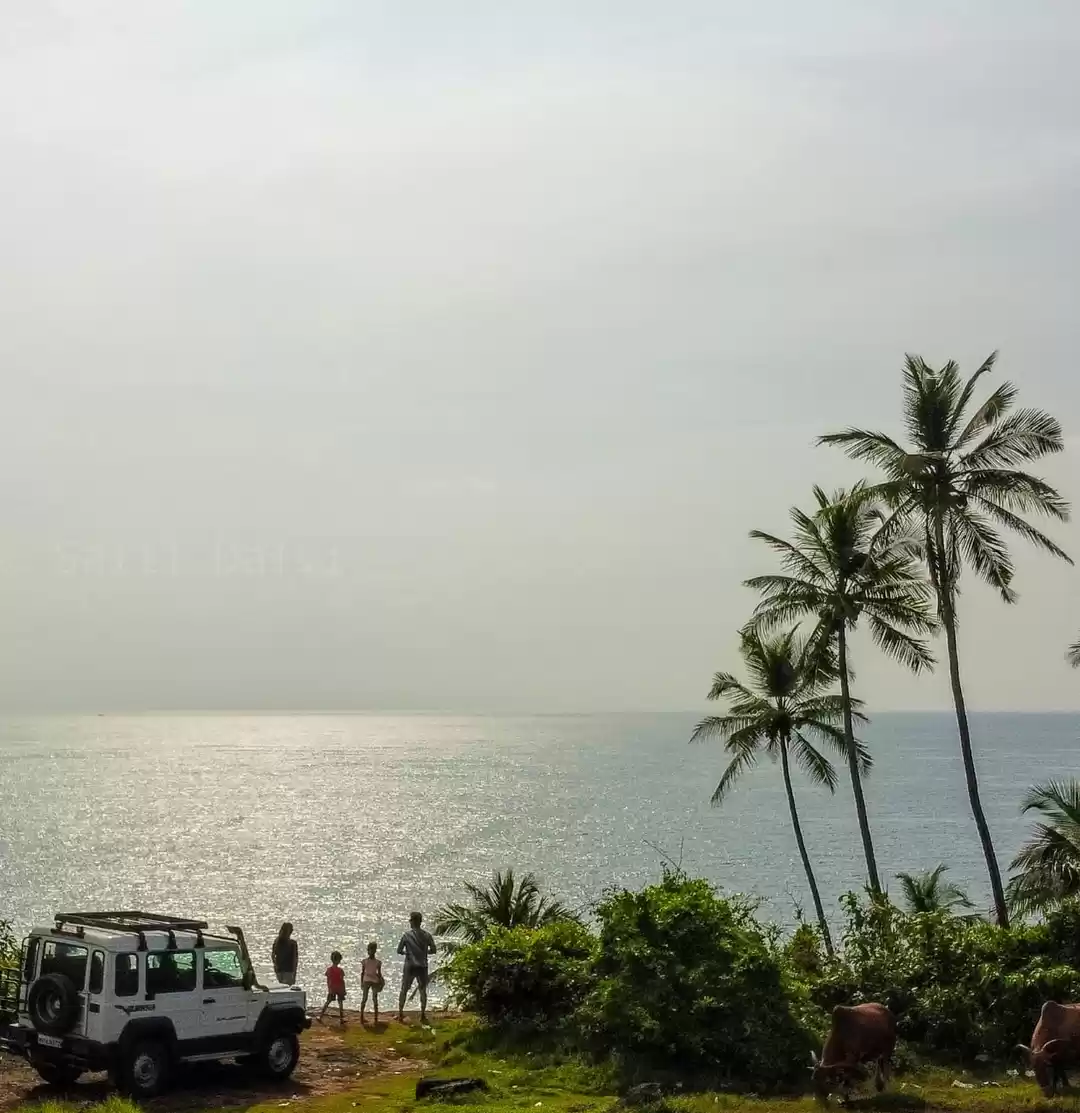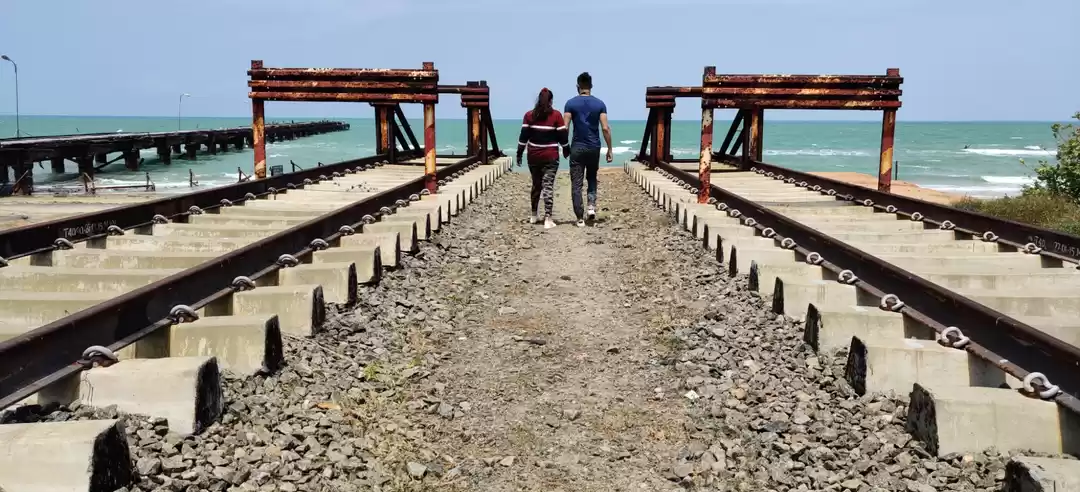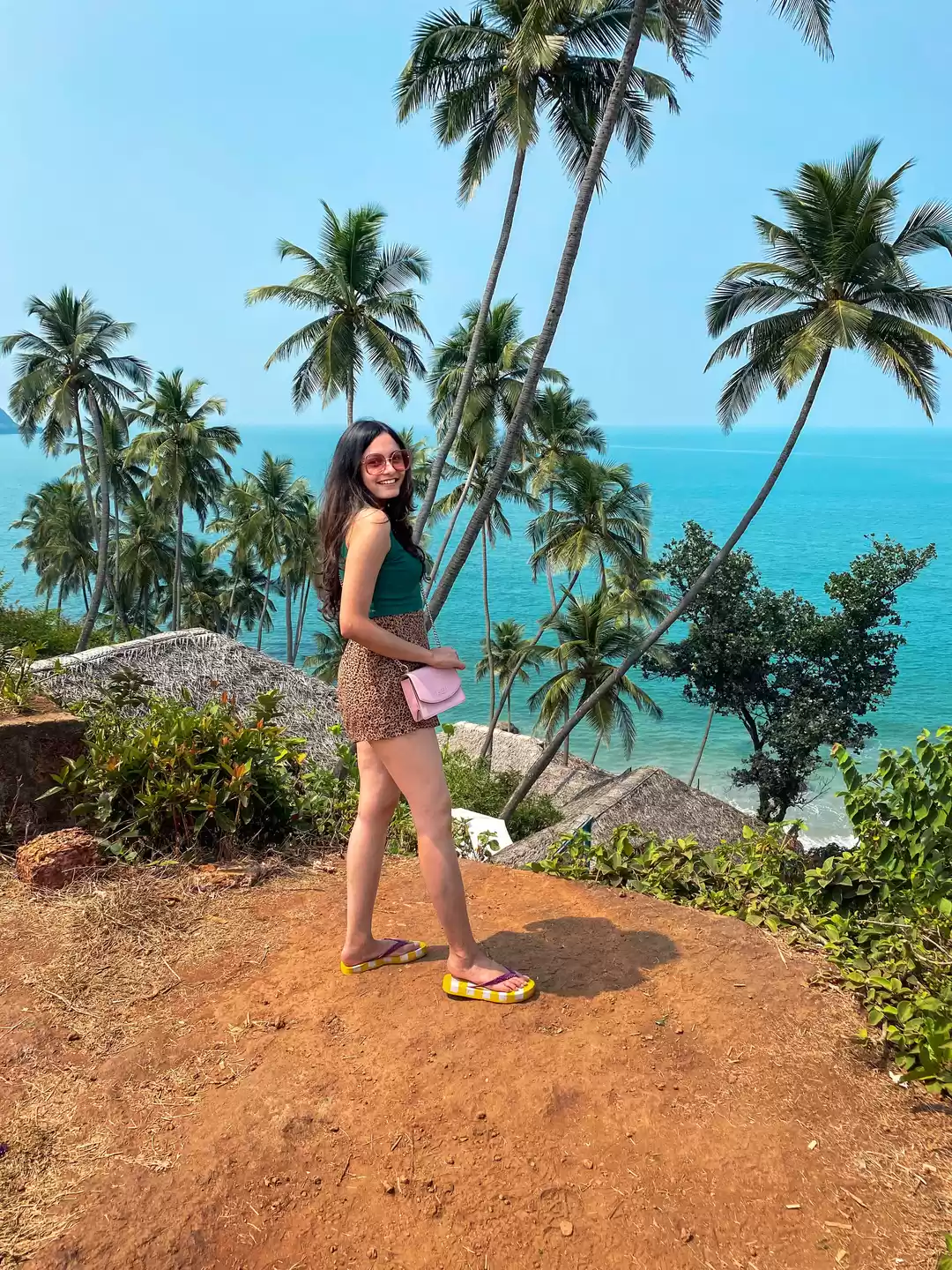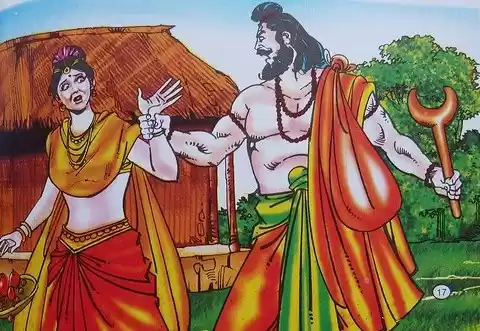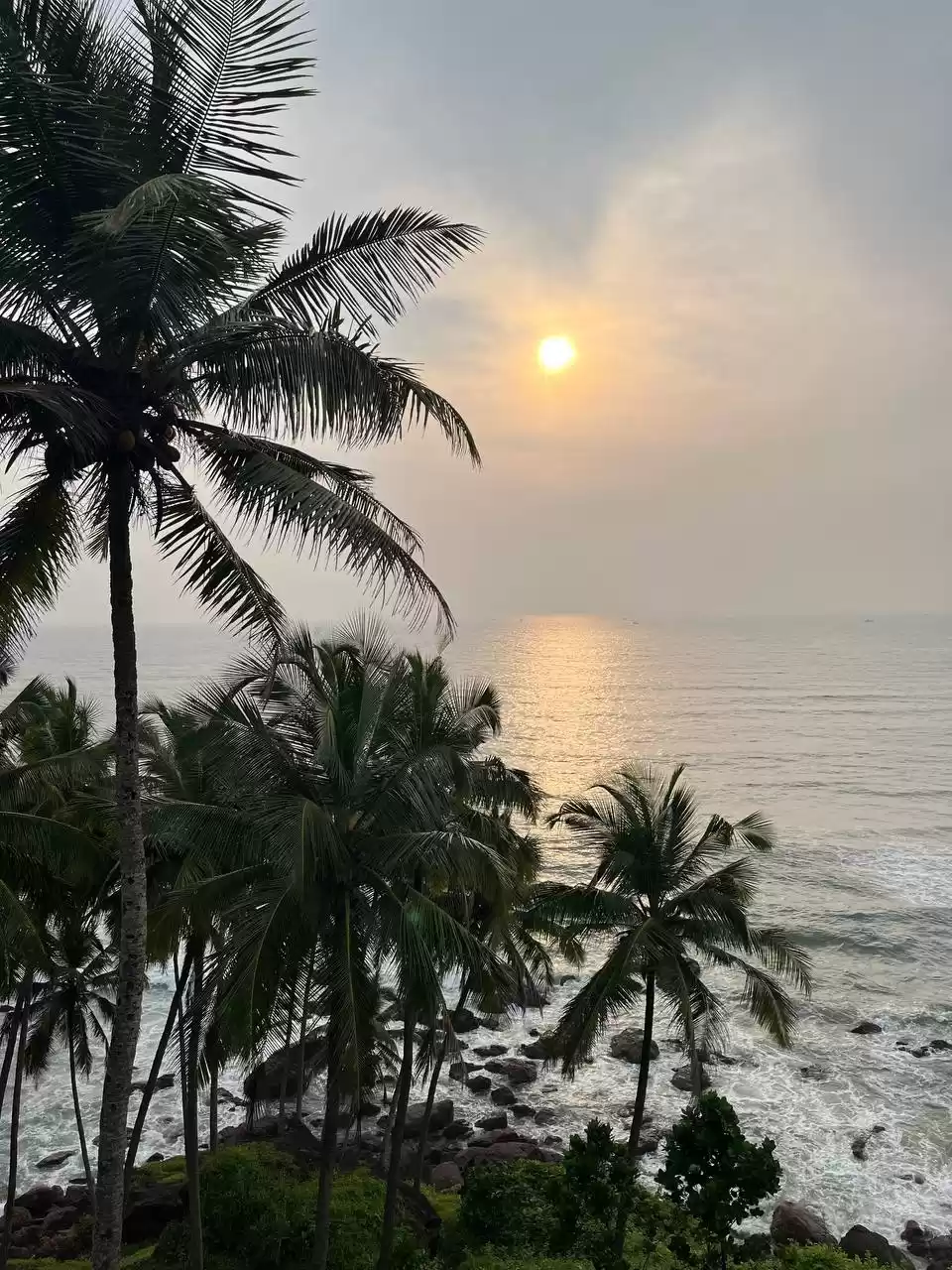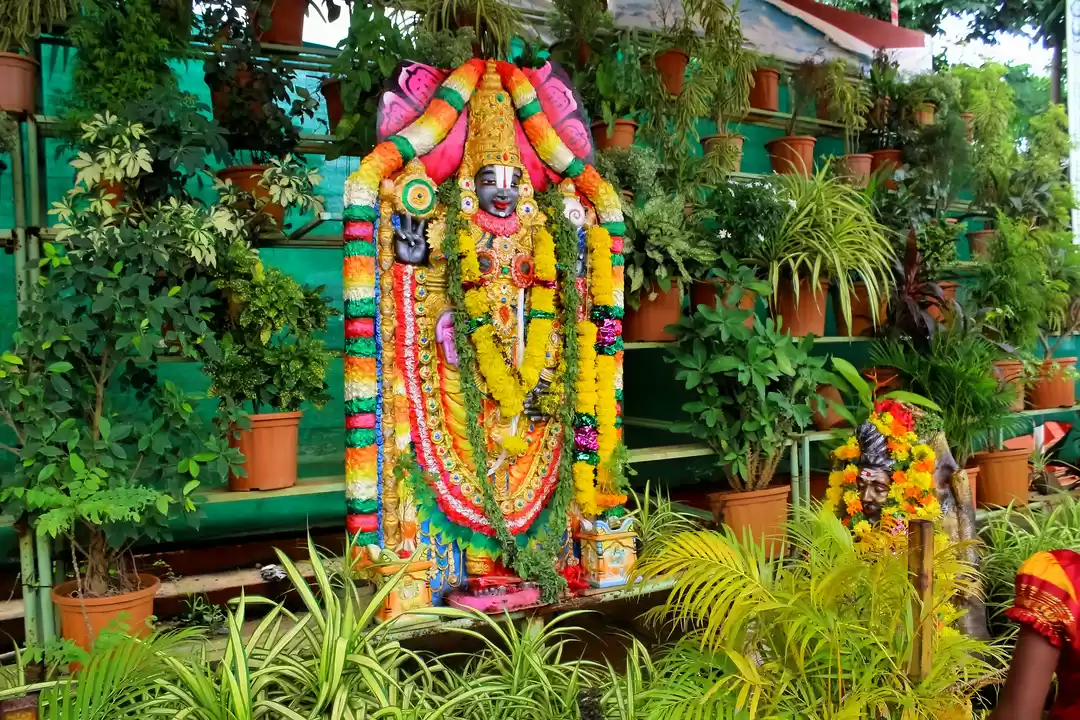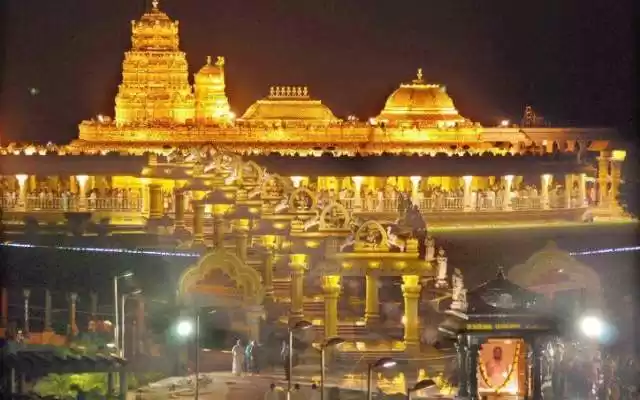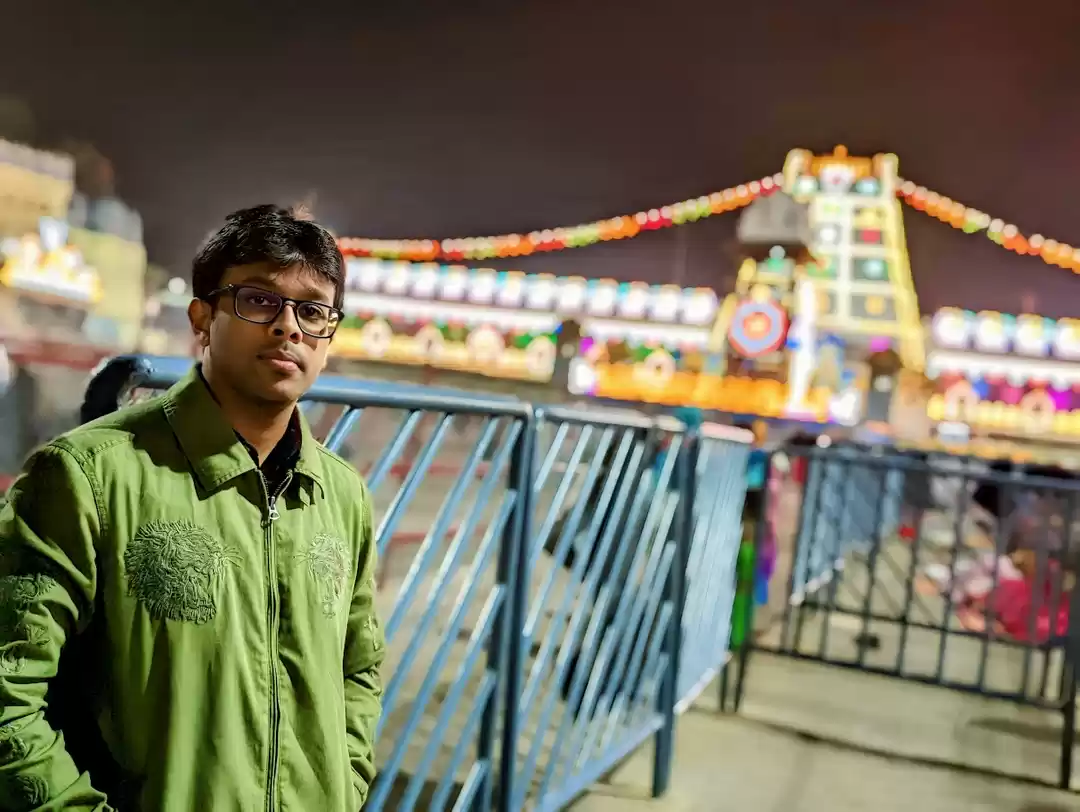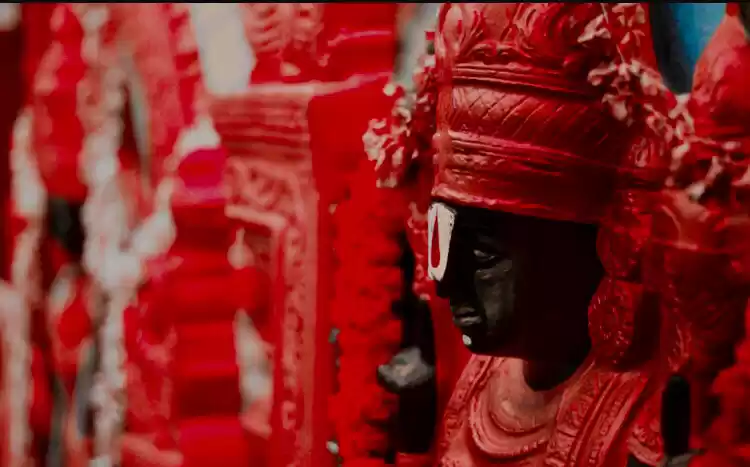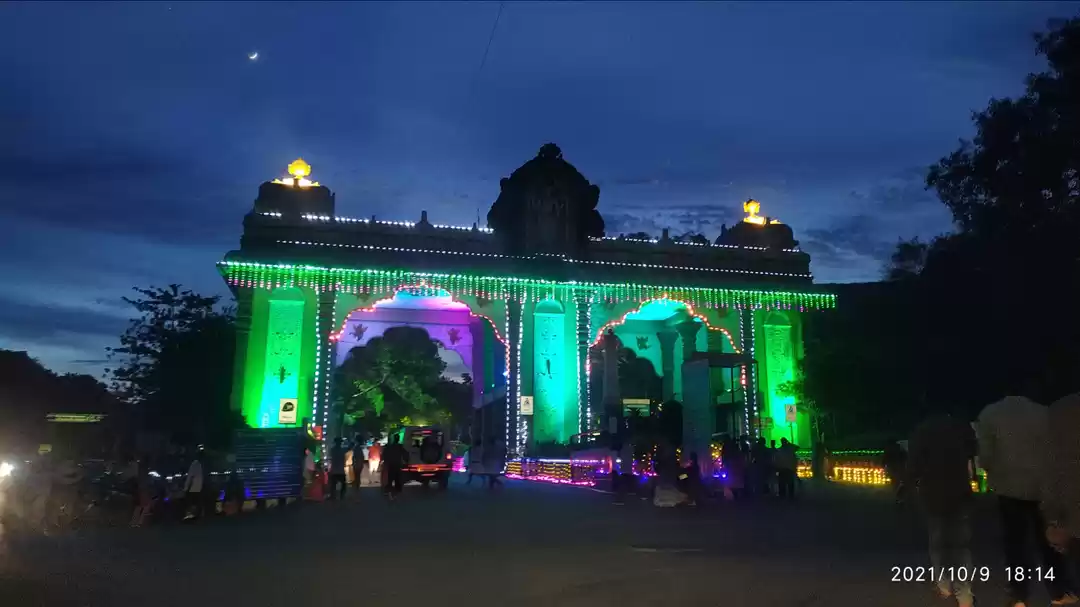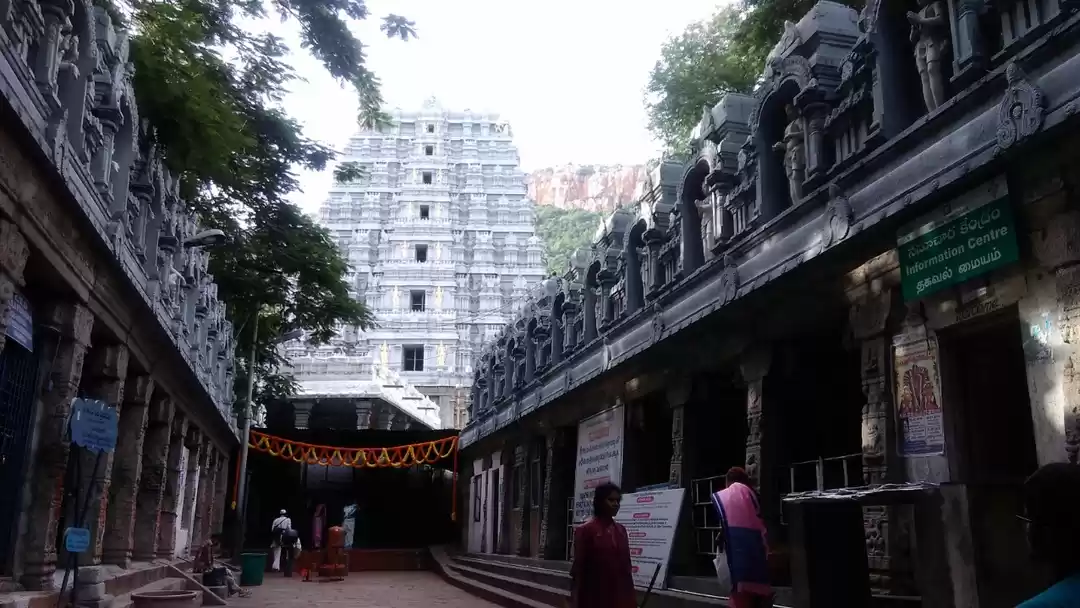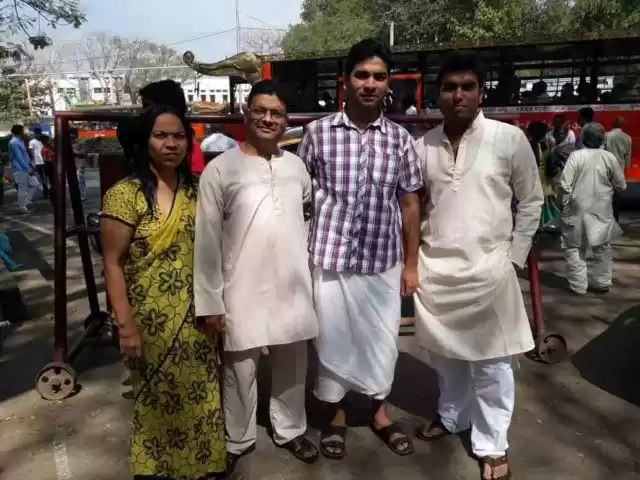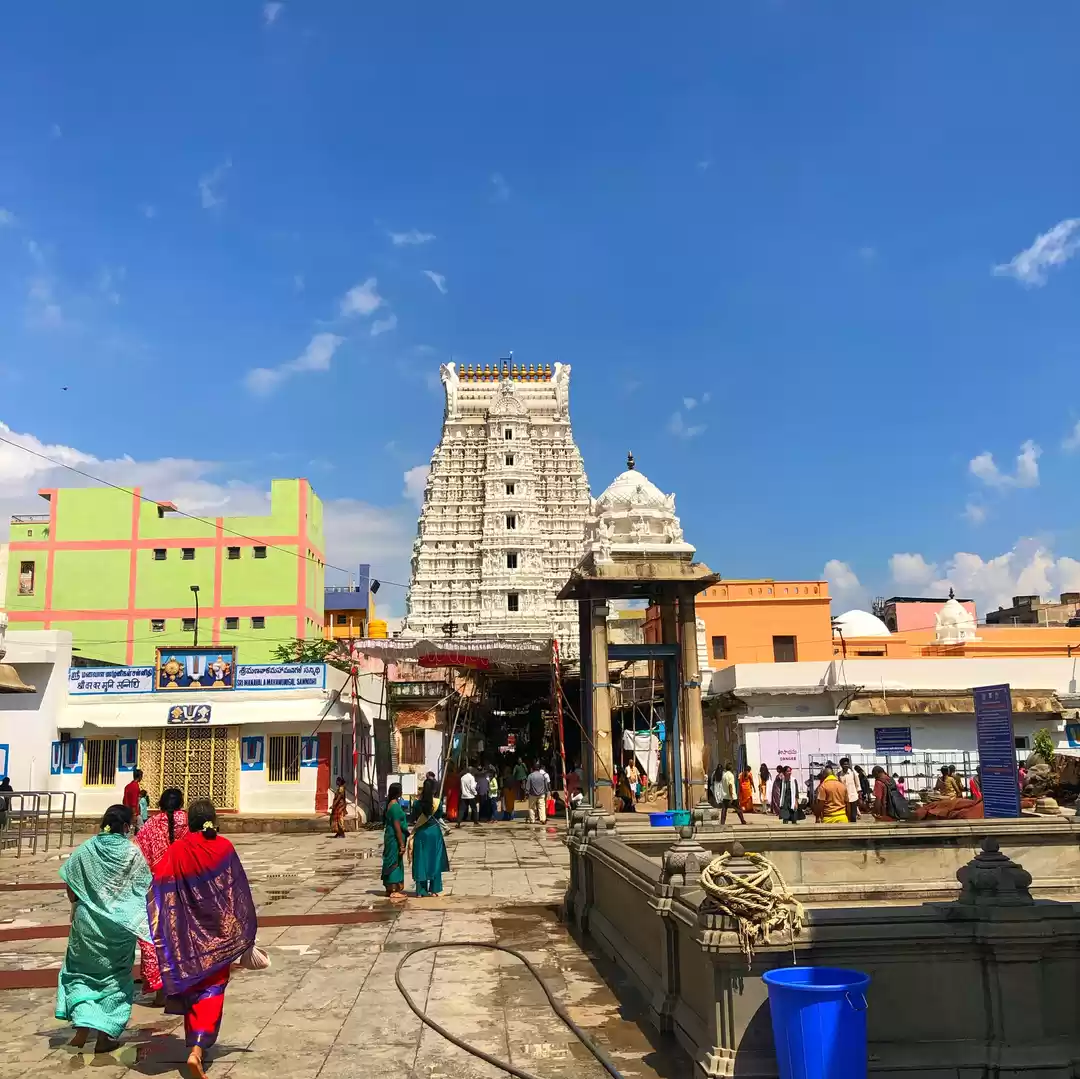On hanuma jayanthi let's visit
Mulbagal is famous for Kshetra Palaka Sri Anjaneya Temple here. A legend specifies that the Hanuman temple here was installed by Arjuna, one of the Pandavas, after the Mahabharata war. Sage Vasishta is believed to have installed the idols of the main deity Srinivasa, Padmavati and Rama-Sita-Lakshmana.
History (versions)
As per the Legend, During Dwapara Yuga, After final Mahabharata war, Arjuna, One of the Pandava’s said to have installed Anjaneya Swamy at this place. After the war, Arjuna went on a pilgrimage and established the Anjaneya Imaged flag here (flag hoisted the chariot during the war). Hence the place called by Shathaka Vatipuri.
It is said that Sage Vasishta had installed the idols Sri Venkateswara, Padmavati Devi, Rama, Sita and Lakshmana in this temple. Temple is of 5000 years old.
Temple Timings : 6:00 am – 8:00 pm
Kurudumale is a village in the Mulbagal taluk, Kolar district of Karnataka state, India. It is located about 10 km from the mulubagal town, northerly. The giant, thirteen and a half foot sculpture of kurudumale Ganesha and the Someshwara temple of lord Shiva attract thousands of visitors from the surrounding states. This place was believed to be the place where Devas would descend from the heavens for recreation
There is another temple dedicated to Shiva called the Someshwara temple which is also situated in Kurudumale. The interesting thing about this temple is that it is built of a rock without any foundations. Another interesting thing is the architectural style of the temple; this temple is considered to be older than the Ganesha temple and was built during the Cholas period. Half of the temple has different style of carving, believed to have been done by artist Jakanachari and the other half is believed to have been carved by his son Dankanachari. The part of the temple supposedly built by Dankana's has statues and carvings which are more intricate and sophisticated.
@Home to one of the biggest idols, the Kurudumale Ganesha Temple has a 13 and a half foot Ganesha idol installed within its walls. Said to be very powerful, the deity is visited by people before the commencement of a new job or new phase of their life.
It is believed that if a person with pure heart asks for something in the presence of this majestic idol, they will achieve what they wish for and great levels of success. As Ganesha is believed to be “Vighnaharta”, he will clear all your hurdles and his blessings are always welcome.
An architectural marvel whose immense size will take your breath away, the temple’s infamous idol is said to be continuously growing. An optical illusion, nonetheless it is one that must be witnessed first hand. The temple provides one with a feeling of tranquility and peace, the power and positivity of the Lord Ganesha that radiates, can be felt by everyone.
Kurudumale was formerly known as “Koodi-Malai” which in Tamil means “meeting hill”. Therefore it is said that the Gods would come down from heaven to this spot, for a bit of fun and games, or recreation.
The idol of Ganesha in the temple is believed to have been installed by the trimurthis -Brahma – The God of creation, Vishnu – The God of preservation and Maheshwara – The God of destruction. During the Satya Yuga, which is the first mythological era, Ganesha destroyed the demon
Tripurasura and this was the reason the Gods installed the idol in Kurudumale. They also conducted a Pooja and offered prayers to the deity.
Other legends also talk about how Lord Rama offered prayers at this spot to the idol, during his search for Sita. The Pandavas also offered prayers here before the final battle of the Mahabharata.
History of Kurudumale Ganesha Temple, Mulbagal
Originally under the rule of the Chola’s the temple area later came under the boundary of the Vijaynagara Kingdom. The influences of these dynasties are very evident in the architectural elements present in the temple. In fact, the Someshwara temple close by, was constructed before the Ganesha temple and belongs to the Chola dynasty.
There are inscriptions on the temple wall that also lend evidence to the fact that Kurudumale Ganesha Temple was built during the rule of the Vijaynagara Kings. The inscriptions are all in Tamil and some even date back to the 13th century during the rule of the Hoysala Kings.
It was the mighty King Krishnadevaraya that built the temple. It is said that the huge Ganshea idol was placed in a field on the hill in Kurudumale and for very long was worshipped in an open field.
Temple timings: 6.30 am -1.00 pm & 3.00 pm – 8.30 pm
Masala Dosa and Onion Dosa are crowd favourites, we suggest the Special Masala Dosa that comes laden with generous dollops of ghee. They have Idly, Thatte Idly and Chitranna for other brekkie options
Rooms at tirupathi
Refresh relax and get set go ASAP
Sri Govindarajaswamy Temple is an ancient Hindhu-vaishnavite temple situated at the heart of the Tirupati city in Chittoor District of Andhra Pradesh state in India. The temple was built during 12 century and was consecrated in the year 1130 AD by Saint Ramanujacharya.[1] The temple is one of the earliest structures in Tirupati and also one of the biggest temple complex in Chittoor district. The Tirupati(down hill) city is built around this temple. The temple at current is being administered by Tirumala Tirupati Devasthanams.[2]However, there are structures inside the temple complex which belong to 9th and 10th centuries. Before consecrating Govindarajaswamy as presiding deity, Sri Parthasarathy Swamy was the presiding deity of the temple.[2] Kotturu, a village at the foot of Tirumala hills was shifted to the vicinity of Sri Govindarajaswamy Temple which was later emerged into city of Tirupati.[3]
This temple was constructed by the Cholas in 10th century AD. The temple of Anjaneyaswami, which is directly opposite, is a mini shrine situated in the temple complex. According to legend, this temple commemorates the visit of Sri Rama to Tirupathi. The festivals of Ugadi and Sri Ramanavami are celebrated in this temple on a grand scale.
It is believed that the Goddess Lakshmi was born as Alamelu to Akasha Raja, the ruler of this region, and wed Venkateshwara of Tirupati. Goddess Lakshmi gave darshan to Lord Venkateswara on a red Lotus flower (Padma in Sanskrit) at Alamelu mangapuram after his deep penance for twelve years. According to tradition, the Mother Goddess manifested Herself in the holy Pushkarini called Padmasarovaram in a golden lotus. The Venkatachala Mahatyam states that Lord Suryanarayana was instrumental in blossoming of the lotus in full splendour. A temple dedicated to Lord Suryanarayana is situated on the eastern side of the Pushkarini. The Padma Purana gives a vivid description of the advent of the Goddess and subsequent wedding with Lord Srinivasa. The manifestation of Sri Padmavathi Devi occurred in the month of Karthika on Sukla Paksha Panchami when the star Uttarashada in the ascendent. The Brahmotsavam of the Goddess is celebrated with all pomp and glory to commemorate the auspicious occasion of Her avatara.[2]
The temple of Agastheeswara Swamy is a sacred shrine that lies at the confluence of three rivers Swarnamukhi, Bhima and Kalyani in Chandragiri mandal.
The Siva lingam in this temple was installed by Agasthya Mahamuni and so it is called Agastheeswara lingam. This temple faces east and has almost all parivaradevathas installed in well-built places like Lord Ganesha, Lord Subramaniyam.
Thondavada Agastheeshwara Temple
The temple has three entrances and a grand compound wall. The Dwarapalakas at the entrance of the sanctum sanctorum are beautifully sculptured. They stand tall to add grandeur to the hall. Inside the second prakara, there is a separate shrine for Mother Parvati called here by the name of Vallimata. There is a tank outside the compound for the convenience of visiting pilgrims. The near by village was named Tondavada by the kings of Chandragiri, as it was the place used as a rest house for visitors and keeping elephants also.
Just opposite the Aalaya (temple) and in the middle of the river there is a mandapam built. In this, you can see the beautiful statues of Balaji, Ayyappa, Ganapati, etc., installed. There is also a small shrine of Lord Sri Rama, Sita, Lakshmana and Anjaneya that is built in recent times near the tank. All these places are worth visiting.
Sri Agastheswara Swamy Temple This temple has an inscription engraved on its wall. It is dated in the 31st year of Kulothunga Chola, but this is not a foundation inscription.
This inscription may be helpful at best in setting the latter limit i.e. 1100-01 AD for its foundation. This temple square on plan has an ekatala and a square sikhara among the five types described above.
This temple may be classified under the type I represented by the Irugisvara temple at Yatavakili. The points of similarities are the square plan and the square sikhara, the absence of niches on the walls, niches with griva with nandis at the corners.
The most important difference however, is the protruding niche on the griva where the sthambha and the kirthimukha are more prominent and the placement of sculpture in the niches is subdued, while in the temple at Yatavakili the figure is more prominent, the sthambha is almost absent and the kirthimukha is less pronounced.
The niche appears to be an integral part of the griva in the Irugisvara temple at Yatavakili unlike in the Agasthyeswara temple. This is later in date than the Chandramalliswara temple at Yatavakili which, though renovated in the time of Rajaraja III. It appears to have retained the features of its original construction during the time of Rajendra I.
The uniqueness and rarity about this Temple
Unlike other temples, here Goddess Maragadhavalli appears to the left hand side of Lord Agastheeshwara swamy temple resembling the sitting posture of a Bride and a Bride groom in a marriage as per the Hindu religious practice. This could be visualized in most ancient temples only.
Agastheeshwara Temple Thondavada
Instead of Navagrahas , the Sapthamathrukas were installed here. They are Kowmari, Vaishnavi, Vaarahi, Bramhi, Mahedri, Mahishwari and Chamundi. The same blessings are available to those who worship the Sapthamathrukas instead of Navagrahas. If one visits this temple could realize the sanctity of the ancient temple.
Thondavada Agastheeshwara Temple Timings
6.30 AM to 1.30 PM and 3.30 Pm to 7.30 PM
Daily Sevas:
Name of the SevaTimings
Suprabatham6 AM to 7 AM
Sarvadarshanam7:00 AM to 7.30 PM
At a distance of 12 km from Tirupati, 3 km from Chandragiri & 29 km from Tirumala Tirupati Temple of Lord Venkateswara, Srinivasa Mangapuram is famous for Sri Kalyana Venkateswara Swami Temple. This is one of the important temples near Tirupati town and is located towards Chandragiri town. It is one of the must visit Tirupati Temples
The ancient temple at this site was discovered by some devotees in 1540 CE. The present form of the temple came into existence by the relentless efforts of Chinna Thirumalaiyya, the grandson of Annamacharya. According to legend, Lord Venkateswara stayed here after his marriage with Sri Padmavati Devi. Once the marriage ceremony got over, Venkateswara paid a visit to the holy ashram of sage Agasthya located near the banks of the river Swarnamukhi in Chandragiri Hills. It is believed that sage Agasthya requested them to stay in his ashram for six months. Later, the location where the Lord stayed with his bride became a holy shrine and acquired the name, Sri Kalyana Venkateswara Swamy Temple.
This ancient temple which is under the control of Archaeological Survey of India (ASI) is maintained by Tirumala Tirupati Devasthanams since 1967 and utsavams and rituals in this temple are being performed since 1981. Today, Sri Kalyana Venkateswara Swamy temple is considered as of the sacred temples of Venkateswara. Those who are unable to make it to Tirumala can have darshan of Lord Sri Kalyana Venkateswara Swamy to fulfill their wish. Sri Rama Temple, Sri Ranganayaka Temple, Sri Padmavathi and Sri Andal Temple are other shrines in this complex. Devotees can also find small shrines including Sri Sakti Vinayaka Swami, Sri Veerabhadra Swami, Sri Avanakshamma, Sri Parasareswara Swami and Sri Agastheeswara Swami.
This temple carries significance for newlywed couples who offer prayers first in this temple just after their wedding. It is also said that individuals having trouble getting into wedlock can pray here and get rid of troubles. Kalyanotsavam to the Lord is performed here every day. Devotees get rid of their troubles by attending this ritual.
Annual Brahmotsavam and Shakshatkara Vaibhavam are major festivals celebrated here.
Kalyanotsavam Timing: 11 AM - 12 PM (Daily).
Timings: 5.30 AM to 7.30 PM





